We had our house painted recently. After the painters had been going a couple of days, it was clear we had to deal with a not insignificant amount of rotten timber hidden beneath the paint job that had gone up to cover the cracks before we bought the house. So, then came the chippies to replace the rotten timber. Then came the rain which put everyone off their game and behind schedule. Because the work was being done concurrently – there was a significant amount of coordination between the painters and the carpenters required. Materials needed to be delivered in time and the job had to get done and done well which thankfully it did. These moving parts, multiple parties, surprises and getting off-schedule is all a part on any project and is just like trying to get a professional finish to a strategy offsite.
If you are designing a strategy-offsite for your leadership team, you probably care a lot about getting,
- a clear direction that everyone buys into
- feedback from the participants that it was a highly valuable time together
- a program and strategy process for the 1-2 days that makes your plans as high quality as possible
And you are probably going to get coordination issues between participants, schedule delays and surprise issues that surface. But you and your strategy facilitator still need a great result.
In an even simpler description, you want your strategy retreat to have,
An OUTPUT
An EXPERIENCE
A PROCESS
The secret to this is to make sure you have all three active at the same time. So whilst you are designing WHAT your organisation will focus on (the OUTPUT) it’s important that your leadership team is engaged in HOW you are deriving that (the EXPERIENCE) and the best way to do that is to be within a strategy PROCESS that works. Here are a few tips on that,
- Start outside in – MARKET comes before CUSTOMER comes before COMPANY
- Get people to work as individuals , in pairs and in small groups at different times to ensure that both everyone’s thinking is collected evenly but also that creativity is driven through iterative collaboration
- Use clear examples to illustrate a part of the process or provide market examples to move from theory to practice
- Make sure your outputs have a portfolio of risk. In particular, at the moment, they must have a disruptive element that deals with high risk from the dual perspective of what could happen to your business from market and competitive changes as well as what risks you can take to disrupt your own market.
If you are the strategy facilitator, make sure you have your process designed ahead of the retreat, don’t ‘wing it’ or either the output or the experience will suffer. If you use one of the leadership team to facilitate or try to do that as a group yourselves, again agree on roles and the process first. Make sure it’s clear when the strategy facilitator’s input is an opinion or an idea versus managing the participants through the process – these are two different modalities which internal teams must manage.
Always remember that whilst your team is highly skilled, just like painters and chippies are at their trade, they must work together in the right sequence to get the job done well and within the time allocated. Otherwise the last half day will be painting over cracks and rushing.
(Another blog to help you set up for a strategy retreat)

Comments are closed.